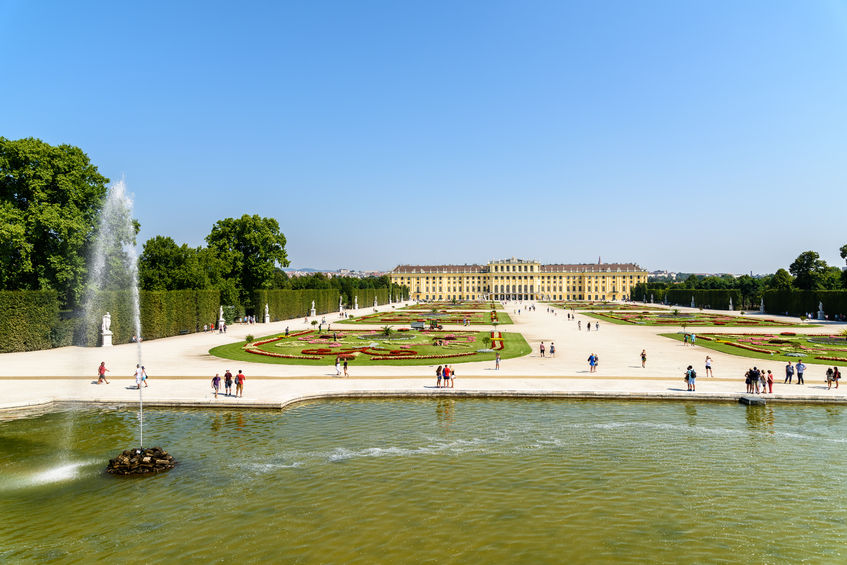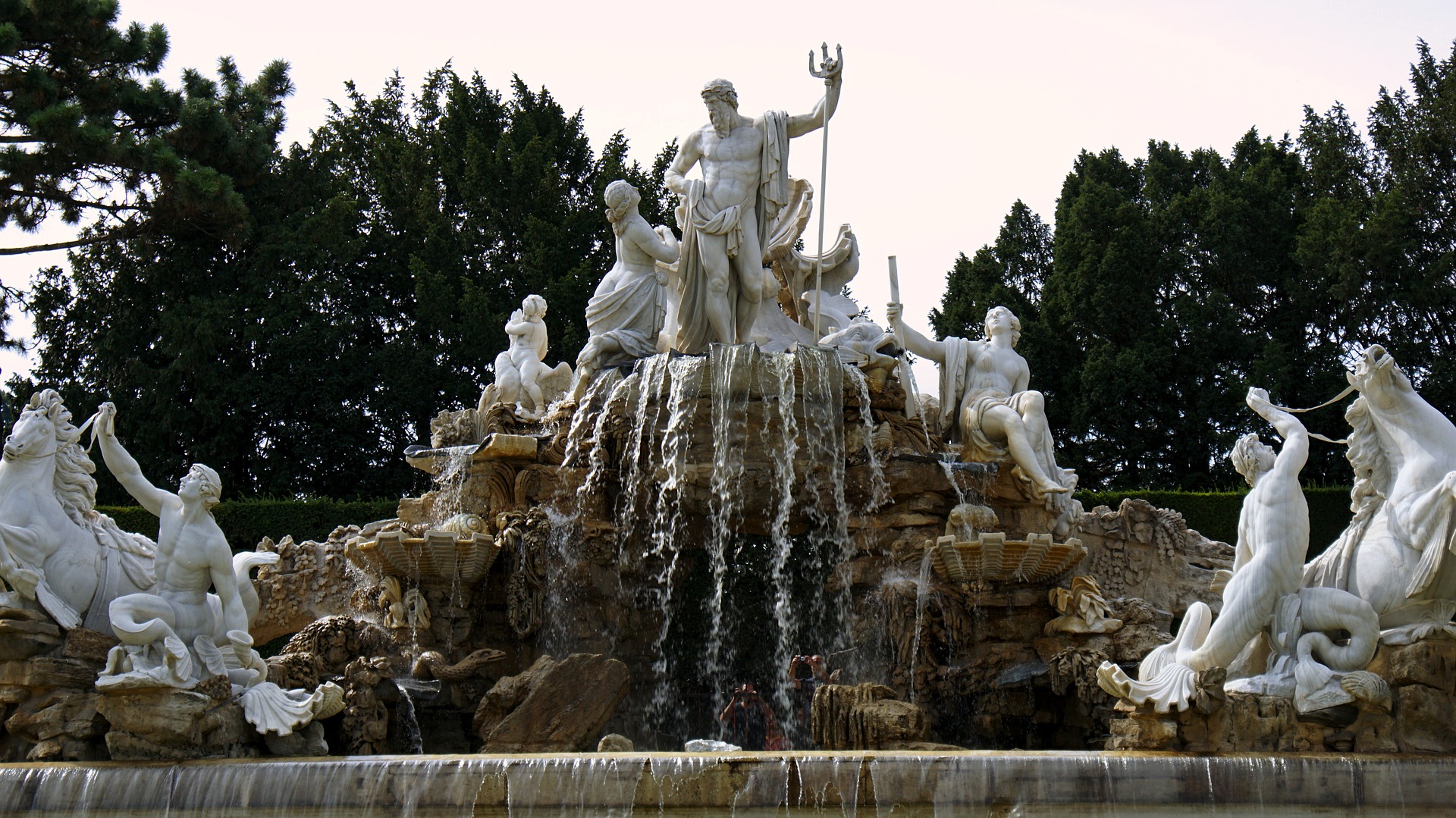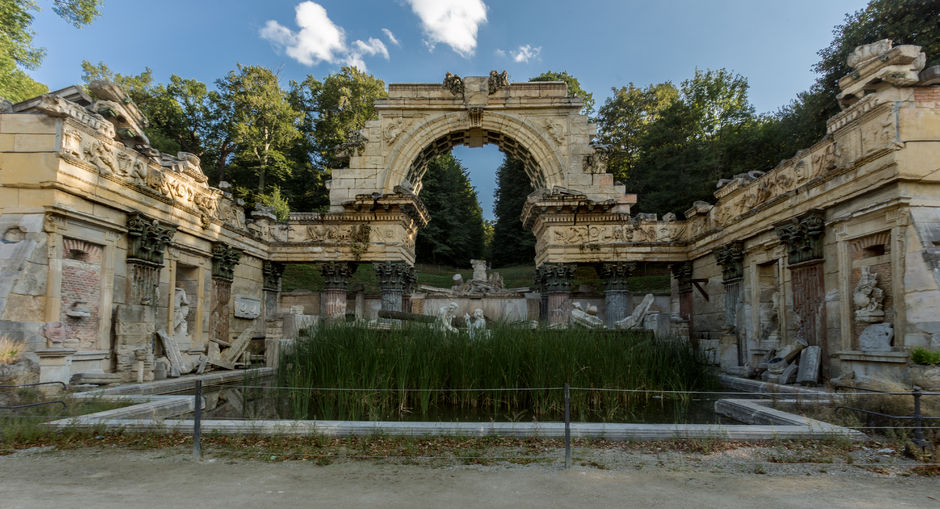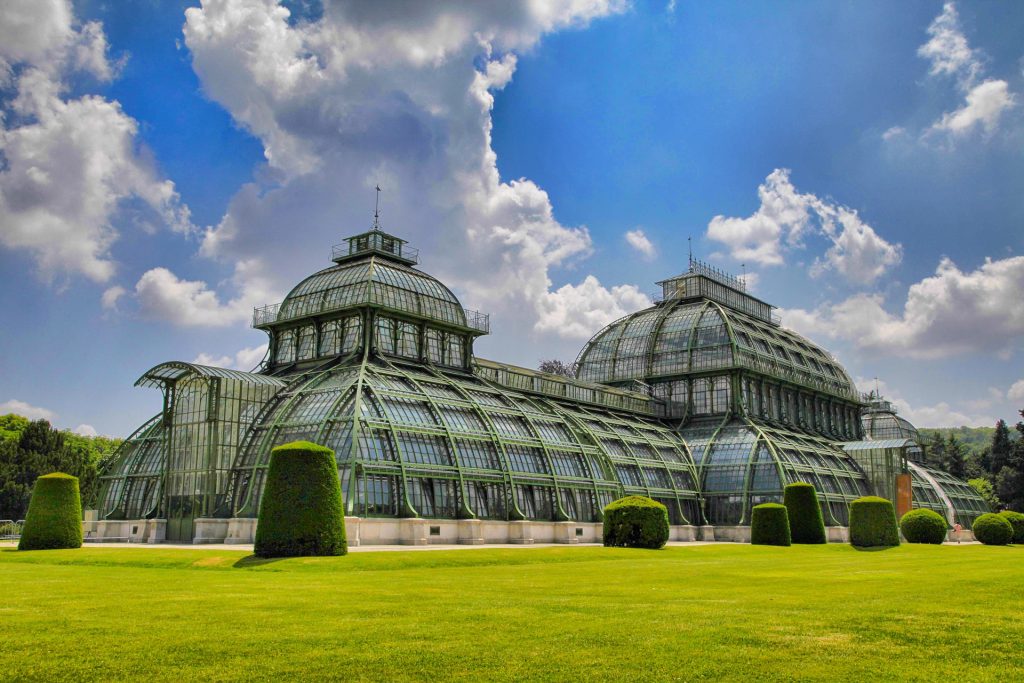One of the most popular parks and recreational areas in Vienna is Schönbrunn Palace Park. This park is open all year round for visitors and is open daily from 06:30. The spacious gardens and rows of trees, the impressive fountains and monuments are ideal for walks as well as for sports activities.

The history of the castle park
The area of today’s park was in the time of the Habsburgs a hunting area and known under the name “Katterburg”. In 1569 it came into the possession of the Roman-German Emperor Maximilian II, who wanted to expand the property into a pleasure and zoo. So that his collecting and hunting passion could be satisfied, in the new garden were kept both native hunting game and poultry, as well as exotic poultry.
Ferdinand II and his wife Eleonora of Gonzaga were both passionate hunters, and they, too, were taken with this place. After the death of Ferdinand in 1637, the area became a widow’s residence and a few years later it was given a representative pleasure palace, which was given the name “Schönbrunn”. This is documented by the first documentary mention from the year 1642.
Next to the castle, the art-loving Eleonora von Gonzaga, as well as her no less fond of the same niece and wife of Emperor Ferdinand III, Schönbrunn also received as a widow’s seat, the garden magnificently expand to use it for a busy court life.
The buildings and the garden were devastated by the Turkish siege in 1683. Emperor Leopold I decided to build a new building for his successor to the future Emperor Joseph. The architect Johann Bernhard Fischer von Erlach came to the imperial court and built a new hunting lodge.
It was not until the time of Maria Theresa that the complex was extended and structured by a new star-shaped avenue system with diverse paths and views, with the goal of being able to present a baroque garden for the lordly representation. Many of the works, such as the construction of the Neptune fountain at the foot of the mountain, the Gloriette, the Roman ruins, etc., were completed only in the last years of Maria Theresa’s life.
In 1779 Maria Theresa opened the castle park for the population. Since 1996, the castle park together with the castle Schönbrunn in the list of World Heritage by UNESCO.
Worth seeing objects in the park
- Neptune Fountain:

- Roman ruin, originally called the “Carthago Ruins”

- Dovecote, an aviary created around 1750/1776

Highlights in the castle park
The Gloriette is the crowning point of the Schönbrunner Berg and thus forms an adequate conclusion of the baroque palace complex.

Tiergarten Schönbrunn
Tiergarten Schönbrunn is one of the most modern and beautiful zoos in the world.

The Schönbrunner Palm House
The Schönbrunner Palm House is the last and largest of its kind in Europe and is one of the most popular palace park attractions

In the so-called desert house you get presented a selection of plants and animals from dry habitats and their survival strategies. On the adventure path you will be guided through a 2,000 square meter desert landscape.
Highlights:
- a 70 meter long glass tube labyrinth for nude mulle
- up to 1.3 meters long black-tailed rattlesnakes
In Schönbrunn Palace Park there is a maze. This includes three areas: maze, labyrinth and Labyrinthikon playground. The maze was created around 1720 and was gradually dissolved until 1892. In 1999, it was reopened on the historic model on an area of 1,715 m². The labyrinth is considered a playful place of relaxation and the Labyrinthikon a playground for experimentation.



